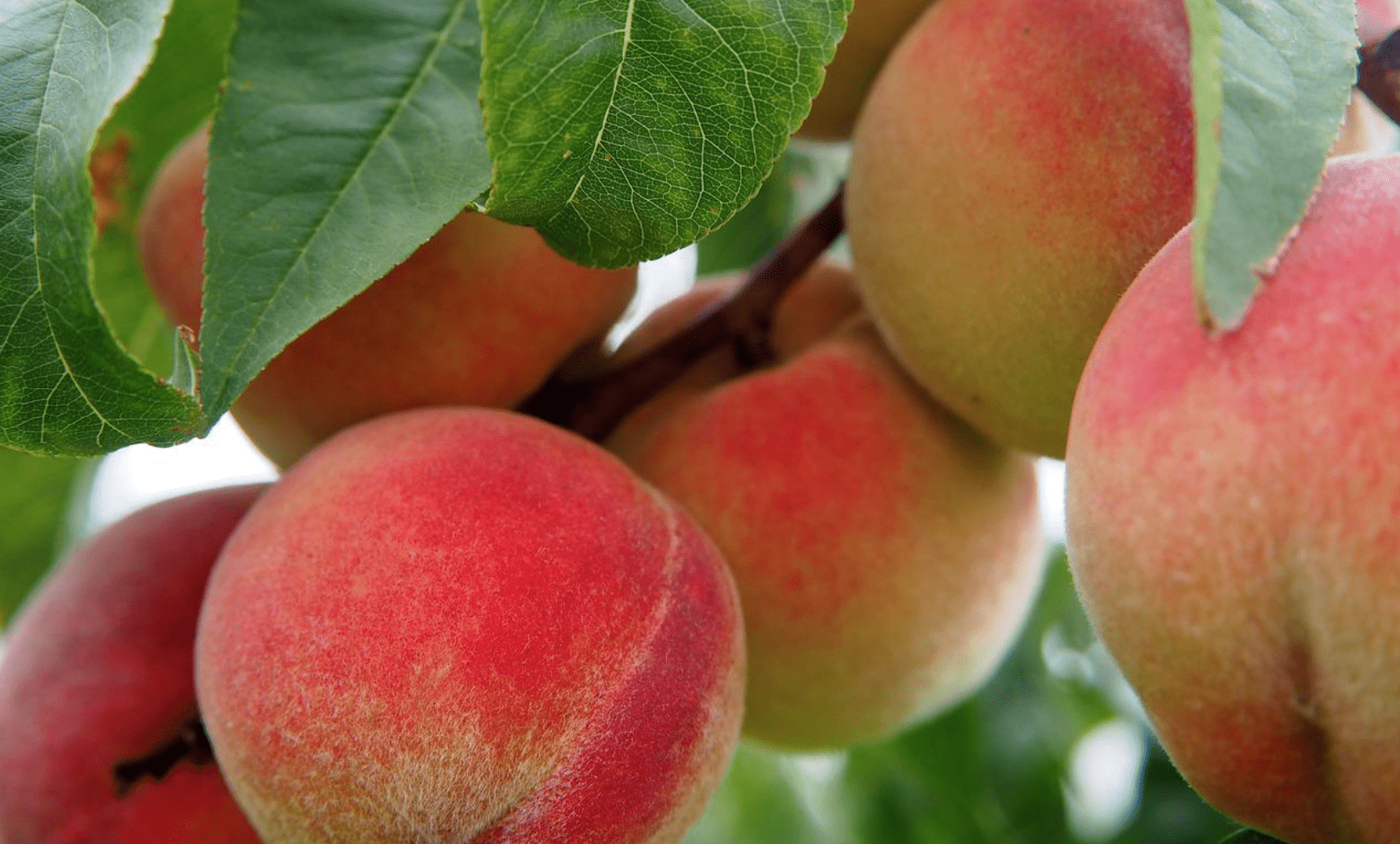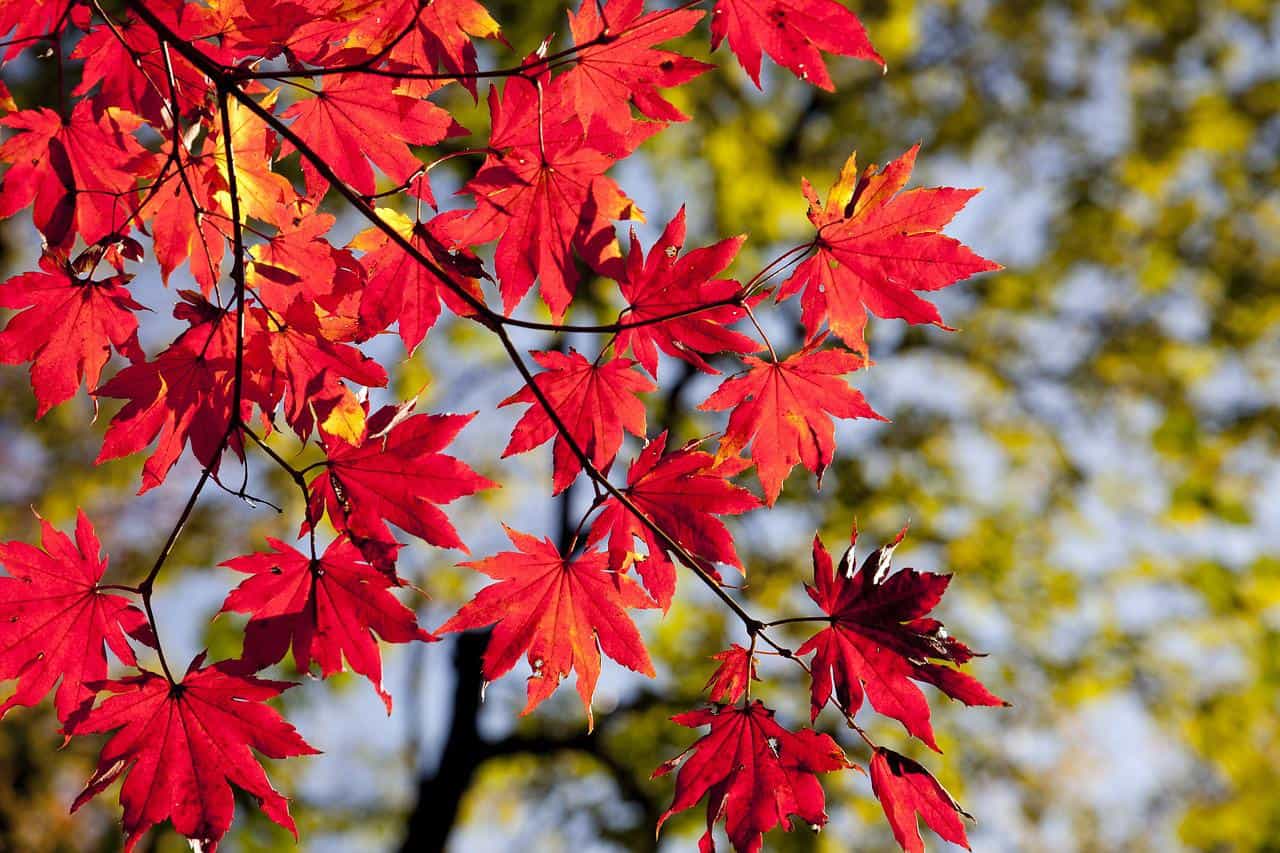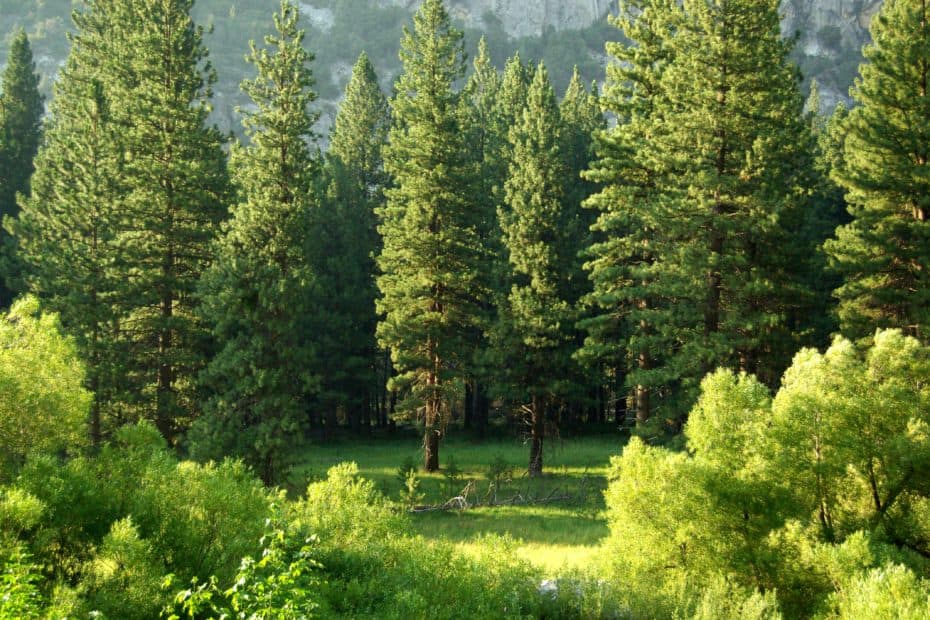The Top 10 Fastest-Growing Pine Trees for Your Yard
The mighty pine tree is native to the Northern Hemisphere. With a long and storied history, they’ve been around for 200 million years and provide rich greenery to any acre of land. But how can you add these majestic giants to your backyard?
Pine trees aren’t necessarily classified as fast-growing conifers, as they can take anywhere from 9 to 30 years to mature from a seedling to a fully grown tree. However, there are options for fast-growing evergreen trees for shade in backyards all year round.
If you’re looking to invest in your home, let’s look at some fast-growing evergreen trees to help you create a stunning backyard sanctuary.
What are the Fastest-Growing Pine Trees?
“Fast” is a relative term when it comes to the pine tree, but some species do grow faster than others.
To give you an idea of how long you should expect to wait for your pine to grow, here are the ten fastest-growing pine trees. If pines aren’t ideal for you, you can also consider the fastest-growing spruce trees or look into fast-growing fir trees.
-
Eastern White Pine
The Eastern White Pine is one of the fastest-growing pine trees. It’s a hardy pine species and does exceptionally well in moist soil with lots of organic matter. Try placing this tree in the sunniest areas of your yard.
These pines are attractive and unique due to their blue-green needles. A fully grown white pine can reach heights of 80 feet.
-
Loblolly Pine
What is the fastest-growing pine tree in the southern part of the U.S.? The Loblolly Pine is a popular choice for gardeners because it’s excellent for screening your home from the outside world. These pines are dark green with glossy needles. A fully grown Loblolly Pine also reduces red-brown cones up to six inches in length.
If you live in a hotter part of the country, this pine is excellent for dealing with hardy soils and drought-prone areas.
-
Mondell Pine
The Mondell Pine grows fast as a young tree. So if you’re asking what is the fastest-growing pine tree for immediate results, a Mondell Pine is the answer.
Mondell Pines come with dark green and soft needles that are packed closely together. Keep in mind that this type of tree will only grow to a maximum of 40 feet.
It’s a hardy tree that can thrive in practically any soil type. However, before you opt for this type of tree, you should know that this pine requires a yard with lots of drainage. It’s able to tolerate dry and sunny conditions, making it ideal for states in the country’s southern areas.
If you have an especially difficult patch of soil for trees, bushes, and other plants, the Mondell could be the ideal solution.
-
Austrian Pine
The Austrian Pine is a formidable member of the pine family. It shares many characteristics with the Eastern White Pine, such as its soil preference and its need for heavy drainage.
Depending on why you want a pine tree in your yard, the Austrian Pine can be either beneficial or result in disappointment. It’s smaller than other pines, with a 40 to 60 feet maximum height. If you’re looking for privacy, this is not the tree for you.
However, if you’re looking for fast results without the towering height, the average Austrian Pine will grow up to 24 inches per year. This quick growth rate ranks the Austrian Pine among the fastest-growing pine trees, second only to the Eastern White Pine.
-
Canary Island Pine
If you’re searching for fast-growing pine trees with an exotic factor, look no further than the Canary Island Pine. The Canary Island Pine originates from the Spanish Canary Islands in the Atlantic Ocean. Its fast growth rate is tempered because it’s more sensitive to certain types of soils.
Optimal conditions and dedicated care can allow a Canary Island Pine to grow a whopping two feet per year! Some gardeners have even reported being able to squeeze three feet per year from it.
These pines resemble an oval shape and are denoted by their large pinecones and long needles. If you’re searching for privacy or want to brighten up your front yard, this unique tree could be the pine for you.
-
Thuja Green Giant
What is the fastest growing evergreen tree? We’d like to introduce the breath-taking Thuja Green Giant.
Waiting for a pine tree to grow can be frustrating, but evergreens give you immediate results and work just as well as pines. The Thuja Green Giant grows at an average rate of three feet per year! Not to mention it has a similar look to a pine and softens the look of any yard. It’s also highly resistant to drought conditions and insects. You can grow it in any soil type to provide a natural shade or create a sense of privacy.
The Thuja Green Giant is perfect for northern parts of the country because it can withstand strong frosts and icy conditions without losing its branches. For households that feel limited in their options due to the climate, the Thuja could be the solution.
-
Ponderosa Pine
The Ponderosa Pine is a pine tree with a medium texture and a moderate growth rate. It can grow up to 100 feet tall and has a spread of 25 to 30 feet wide. For this reason, a Ponderosa Pine may not be ideal for smaller yards.
During its early growth, you’ll notice it has a narrow shape that gradually becomes irregular as the tree matures. Be patient, it will even out. Ponderosa Pines can vary from yellow to reddish bark, adding a touch of color to your yard.
These trees grow best in full sun and agree with most soil types. If your yard is big enough, a Ponderosa is an excellent choice.
-
Scotch Pine
The Scotch Pine is an evergreen pine tree with a tremendous growth rate. Like the Ponderosa, it can spread up to 35 feet wide, but it also comes in slightly shorter, with a maximum height of 70 feet.
Needles on the Scotch Pine range from blue to green and can even yellow during winter months. The Scotch Pine is a great addition to yards in dry regions because it’s simple to transplant and can handle drought conditions.
Scotch Pines will mature into an attractive form and continue to grow more beautiful with age.
-
Himalayan Pine
The Himalayan Pine is another type of evergreen tree that comes with a moderate growth rate. Like the Ponderosa, its shape changes as it matures. Young Himalayan Pines will grow into a pyramidal shape. As the tree matures, it’ll begin to cascade with its long branches.
The blue-green needles of the Himalayan Pine grow in bundles of five and produce green pinecones up to a foot in length.
Himalayan Pines are great for homes near urban or industrial areas because these pine trees are more tolerant of both air pollution and wind. When growing a Himalayan Pine, be aware that this tree prefers full sun and soil with good drainage.
-
Norway Spruce
The Norway Spruce is another excellent alternative to a traditional pine tree. These trees can grow up to three feet per year and come in a triangular shape. They’re commonly found across Europe and Northern America within suburban and rural landscapes.
These evergreen trees come with dark needles, cylindrical pinecones, and also produce yellow and purple flowers. If you have an area in your yard that receives regular sunlight and well-drained soil, you’ll be able to grow this tree.
Unfortunately, the Norway Spruce is extremely sensitive to water. Avoid over watering and be sure to monitor the soil conditions as they can perish in wet soil.
How to Care for Fast-Growing Pine Trees
Numerous factors will impact how quickly your pine tree grows and whether it survives at all. Trees are like humans in that if you care for them, they’ll reach their potential. Failing to give your pine tree what it needs will curtail its growth and may even lead to its death.
So, how do you make sure your pine tree grows quickly and provides your yard with the arborous beauty it needs?
Remember the Importance of Tree Genetics
Humans are not the only things that see different characteristics based on their genetics. Scientists have been studying trees and plants for decades to understand their genetic makeup and how to manipulate it.
Research has shown that altering the genetics of trees can change their characteristics. For example, some trees can produce larger leaf sizes or more bountiful fruit.
Pine trees themselves don’t vary considerably from one species to another. Specific tree farms, however, may have higher quality trees than others. It underlines the importance of purchasing a seed or sapling from someone who knows how to produce high-quality trees.
You can’t change the genetics of your tree, but you can decide where to buy it from.
Watering Your Tree
Pines are known for being tolerant of drought conditions. It’s why you’ll commonly find them growing in remote and dry areas. Your tree will get all the water it needs to grow big and strong in most climates. However, many pines don’t like to be well-watered. This is why many of the fastest-growing pines need to be produced in soil with lots of drainage.
So, when should you water your pine?
The only time you’ll need to water your pine is during dry winters or periods of extreme drought. If this is the case, you’ll need to saturate the soil once per month. The goal here is to mimic the rain and snow your tree would usually enjoy in the winter.
On the other hand, in drought conditions, your tree will need one to three inches of water on the ground once per week. Deep watering is crucial to give your tree what it needs, but opting for infrequent watering forces the roots to dig deeper into the ground, providing your tree with stability, support, and strength.
Focus on the roots of your tree. Spread a layer of mulch around the trunk of your tree. Mulching enables your soil to retain more moisture and prevents weeds from growing around the base. Prevention is the best medicine, and it’s important that you take steps to protect your tree’s roots.
Weeds are generally not an issue for fully matured trees, but as your tree is growing, weeds can compete with your tree for the same resources. Preventing weeds from day one lowers the chances of your tree not getting what it needs.
Fertilization
Saplings that aren’t yet established and mature trees may require fertilizer to get them to grow faster. Fast-growing pines need additional nutrients to reach their growth potential every year.
Slow-release fertilizers are the best option for these trees. Slow-release chemicals support healthy growth in saplings, whereas it ensures the tree remains healthy in mature trees.
Quick-release fertilizers are dangerous for younger trees because they may harm the developing roots under the soil. Until a tree becomes established, its roots are weak and vulnerable to disease and environmental factors.
Mature trees can handle the strain of a quick-release fertilizer, but it’s far from recommended.
When fertilizing your tree during the second year of growth, apply two to four pounds of slow-release fertilizer per 100 square feet. Larger pine trees in open areas only need two pounds of fertilizer for every inch of your tree’s diameter.
Your choice of fertilizer will heavily influence the results you get. Providing the right nutrients for trees will give them everything they need to grow big and strong.
Soil
Your species of pine will always have a different preference for soil type. Well-drained sandy soil is the ideal soil type for pine trees. Slightly acidic, dry soil is another plus for ensuring fast-growing pine trees. Some pines, such as the Loblolly Pine, will grow well in wetter conditions, but these are the exceptions rather than the rule.
Make sure you have your soil tested to know what you’re working with. From there, you can make the best decision regarding which pine tree is right for you.
Sunlight
All the fastest-growing pines require full sunlight to reach their growth potential. Placing your tree in an area with large amounts of sunlight is the best solution for getting the most growth from your tree. Some species can operate in partial sunlight and shaded areas, but most pine species are intolerant to shade.
In other words: location, location, location. Survey your yard to determine where you can realistically place your pine and where it’s most likely to do well.
Pruning Your Pine
Like any tree, your pine will need pruning at some stage of its life. However, unlike other plants, pine trees were not designed to be pruned often or trimmed into dainty shapes.
Pruning should involve removing no more than a third of that year’s fresh growth. Thinning and cleaning the crown can provide your tree with more air circulation and remove any damage caused by environmental conditions.
Another area of your tree you need to watch is the midsection. These trees may have long growth points. If left unattended, these long growth points could weaken the tree’s structure, which can cause a danger to your home and the rest of your yard.
Amending structural defects through pruning increases the likelihood of getting fast-growing pines that can stand up against bad weather.
Fast-growing pine trees tend to grow at the ends of their branches. Pruning too much could cause irreparable damage. Pines may be among the hardiest trees around, but if you cut too much at the ends of their branches, they won’t be able to get that growth back.
If you’re worried about accidentally pruning too much from your pine tree, it’s wise to call in a professional. Plus, pruning a fully grown pine is fraught with difficulty and may require industrial tree cutting equipment to inspect and prune the uppermost branches.
Thankfully, pruning is rarely necessary. Make visual checks of your tree after every season, especially if a storm or major blizzard rolled through.
Grow Big and Strong with Dr. JimZ
Pine trees are excellent for acting as a windbreaker, privacy fence and natural shade. If you’re looking to make your yard greener and more private, planting an evergreen is one of the best ways to do so.
Get the most out of your pine with Dr. JimZ’s tree fertilizer. Our specially formulated blend of ingredients has been precision-engineered through science and four generations of experience to give your tree precisely what it needs to grow. Tree Secret is an undiluted, carbon-based fertilizer designed for rapid, uncompromised growth.
To learn more about Tree Secret and what it can do for your yard, get in touch with Dr. JimZ today.



